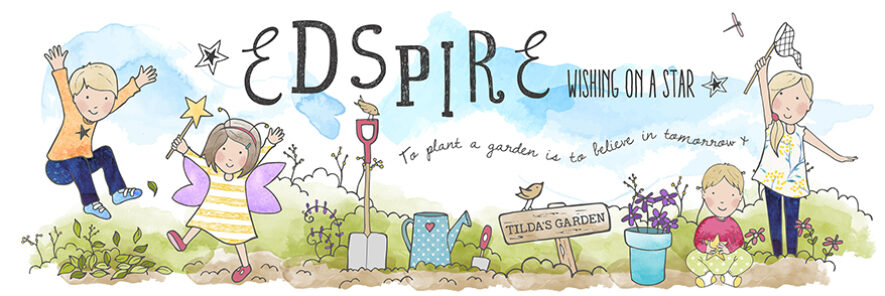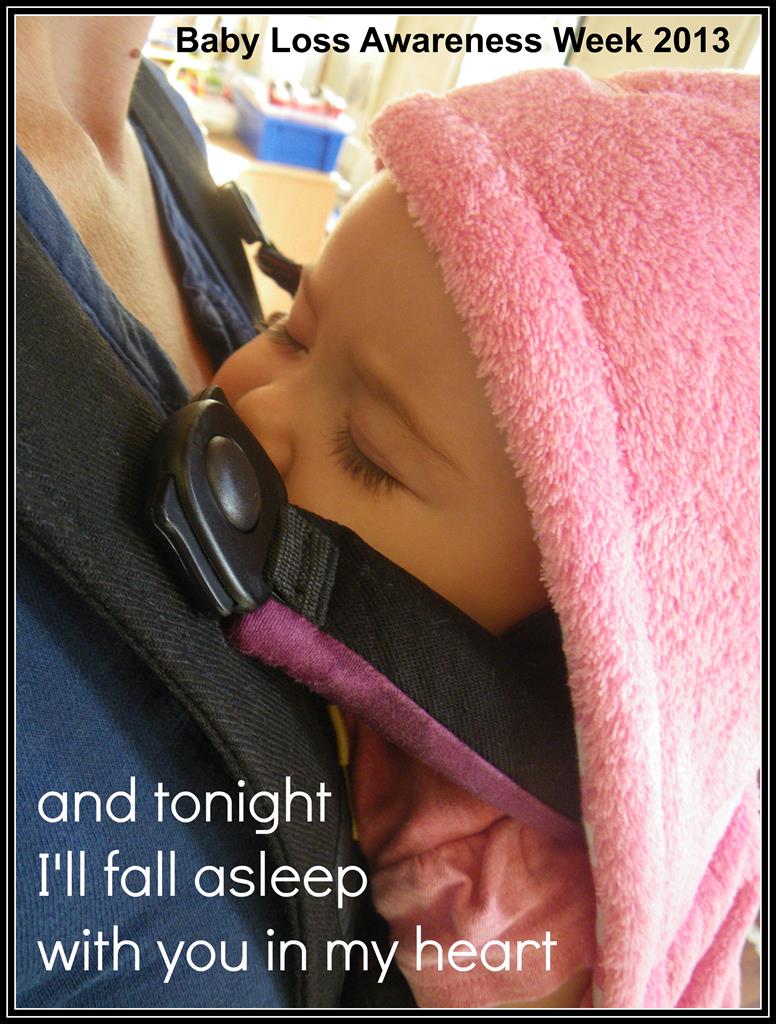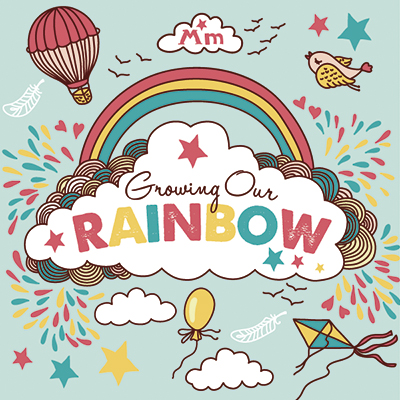Following on from my safe sleep product list a few days ago, I wanted to write a post about safe sleep.
I knew that I would find it too hard to write, too emotional and also I do not feel that I am qualified.
It is something that will always weigh on my mind.
Is there something we could have done differently that would have saved our baby’s life?
Is there something we should have done that would mean our daughter would be here now?
I will not have any doubt with this Rainbow Baby.
We will do everything right.
Not that we did anything wrong this time.
Esther and William were our high risk babies
There is no way we thought that Matilda Mae could, would, die
But she did sleep on her tummy
She was 9 months old
And on that bitterly cold February night
I gave her a blanket
This time there will be no doubt
No breaking of any rules
Lots of over caution
Checking all the time
And having every possible protection in place
There will be no doubt
I know that safe sleep is important
I know that it is not what all new parents want to hear
Want to have as their priority
But it absolutely needs to be
And I wanted a calm and gentle voice
To explain why
And I found the perfect one
My beautiful friend and baby expert, Fi
Please read and re read this guest post from newly published author Fi Star Stone
Known to many as Childcare Is Fun
Fi Star-Stone is a blogger, broadcaster and author, she’s also the editor of Childcare is Fun, a parenting site that hosts the UK’s only award winning, FREE parent advice service. Her book The Baby Bedtime Book is available for pre-order now.
I’m honoured to have been asked to write about safe sleeping to share with Jennie’s readers. It’s an issue that is very close to my heart, and I’m happy to offer some tips on a safe and happy baby bedtime.
When parents ask me to help them with their unhappy sleeper, I always ask for a description of the room and surroundings in which their child sleeps.
Why? Because the sleeping environment, in particular the cot or crib, is very important. Not just because the room design or bed clothes may be the cause to sleep disruptions, but most importantly I like to ensure parents are practising safe sleeping.
Without wanting to frighten you, I’m going to talk about the risks of SIDS (Sudden Infant Death Syndrome) commonly known as cot death and how you can create a safe baby bedtime for your little one.
For me safe sleeping is incredibly important as my mum lost my brother to SIDS over 40 years ago. I’ve been aware of SIDS from a young age, and this knowledge of safe sleeping has helped me with my own children, and enabled me to help others get not only a happy baby bedtime, but a safe one too.
A safe baby bedtime
We all get excited when we become pregnant and it’s easy to go overboard on room decoration and accessories. But the really important thing to remember when kitting out little one’s room isn’t the candy striped bunting or the fluffy bunny collection as lovely as those things are – it’s comfort and safety.
In order to have a happy bedtime baby sleeper, they need to be comfortable and safe.
Room temperature
An ideal room temperature for your baby is between 16-20°C.
To achieve this, it’s a good idea to buy a room thermometer or baby monitor which has temperature as a built in feature.
Remember that seasons change the room temperature. In summer you have to ensure the room doesn’t get too hot and the winter that it doesn’t get too cold. Ironically, it’s tempting to whack up the heating in Winter, but this, together with warmer winter clothes and bedding can cause overheating.
In the summer, if you need to open windows, ensure it is safe to do so and avoid leaving them open when baby is in the room. Think about this wisely if you live in a ground floor flat, or if your toddler can reach the window. Think safety first.
A fan is a good investment, but you must ensure you keep it out of baby’s reach and remember not to direct the fan towards the baby!
Always check for draughts in the room, especially in older houses and avoid placing a cot near a window as in the Winter it can make baby too cold, and too hot in the summer, when the sun shines through it!
Bedding
There is so much cutesy, cosy bedding available out there to entice parents into parting with their cash. But really all your baby needs in the early days is a fitted cot sheet, a sleeping bag and a blanket.
Babies don’t need quilts and really you should avoid them until your little one is old enough for a bed. Even the blanket is only needed if it is very cold and then you should ensure
it is tucked in safely, and not above waist height.There is often debate about cot bumpers. In my honest, professional opinion I’d say avoid the bumpers. You really don’t need them and they can be dangerous when baby is older and moving about. It’s easy for a baby to become trapped underneath a cot bumper. For me, the emptier the crib or cot the safer the crib or cot.
You should also avoid having too many soft toys or mobiles hanging over the cot. Your little one really doesn’t need them I promise!
No pillows are needed for your baby either. In fact, it’ll be a while until you need to invest in a pillow at all. It’s advisable not to use one until your little one is about two and moves from a cot into a bed.
Cot sheets
A well fitted cot sheet is advisable. It’s worth investing in two or three spares in case of accidents and to avoid washing nightmares! It’s also worth investing in a protective sheet to avoid any accidents soaking through to the mattress and keeping it free from bacteria – especially with frequent nappy leaks or sickness.
Sleeping bags
There are lots of sleeping bags available, in different togs and different sizes. I love sleeping bags because they help baby avoid getting too cold in the night. We had quite a varied range of sleeping bags for winter and summer as well as different bags for different ages. Remember to use a lighter tog for summer months.
We used them right up until the littlies could walk and it kept them cosy. Once your child can walk and you move them onto a bed, it’s time to put the sleeping bags into your memory box and move on to blankets or a duvet.
We never used a blanket with the sleeping bags unless it was a very cold night. We are fortunate enough to have quite a warm house in the winter, so we never had the need for blankets together with a sleeping bag. However, a warning here – if you do use a blanket and a sleeping bag make sure you do the temperature checks and ensure your baby isn’t overheating.
If they are, it sounds obvious, but, remove the blanket!
Cots and beds
We’ve talked about room temperature and bedding to avoid baby getting too hot or too cold, so now I’ll talk beds.
From birth it’s advisable that your baby sleeps in a cot or crib in your room for the first six months. of course this isn’t ideal in all homes, and it doesn’t always work, especially if you or your partner are loud sleepers (I’m talking snoring! Anyone else have a snorer?)
Where your baby sleeps is very important. It must be clean, warm and above all safe. In the early days a crib is advisable, and practical, because you can move it around your home so that your baby is always near you. When you are ready to move on from the cot, it’s worth really investing in a good quality bed and buying a good mattress to go in it.
Choose a mattress that’s firm, rather than soft, and that fits well in the cot with no gaps around the edges. If it’s your second baby I always advise new baby – new mattress. It’s important to use a new mattress for a new baby. Even if your baby has a sibling, don’t be tempted to use their old mattress.
It’s also worth thinking about getting a cot bed in the first instance – that way it’ll last you way beyond the baby years! A cot bed is a cot that adapts into a bed as your baby grows up and becomes a toddler.
It’s well worth investing in a cot-bed as it could last you from birth right up to five years!
As well as considering the design and look, ensure the cot and mattress you choose conforms to British Safety Standards (BSeN716). The rules are regulations are there for a reason and they will help keep baby safe!
When planning your baby’s room, ensure the cot isn’t near a radiator or sunny window. Babies are less able to regulate their body temperature so may overheat quickly. I keep harking back to this but it’s one of the most common causes of sleep problems and overheating is also linked to SIDS.
Blind cords are also a risk to babies, so ensure they aren’t near the cot, or if they are, tie them up safely using a safety cord kit, or preferably just use cordless blinds.
Back to a safe baby bedtime sleep
It’s so important to have your baby sleep on their backs. All the evidence from every source around the world suggests that placing your baby on their back at the beginning of every sleep or nap significantly reduces the risk of SIDS.
If your baby is in a cot, make sure they can’t wriggle down under the blanket by putting them in the ‘feet to foot’ position (their feet at the bottom of the cot, rather than their head at the top.)
If your little one rolls over onto their tummy, gently guide them back onto their back.
Lullaby Trust tips for a safe baby bedtime
By following these simple steps from The Lullaby Trust, you’ll be taking the most proactive measures you can to ensure your baby
is sleeping as safely as possible:• You should always place your baby on their back to sleep and not on their front or side – unless your doctor has
advised you of a medical reason to do so• If your baby has rolled onto their tummy, you should turn them onto their back again
• Once your baby can roll from back to front and back again, on their own, they can be left to find their own position
Co-sleeping
Co-sleeping has been debated a good deal over the past few years, with many people believing that babies who co-sleep are at a higher risk of SIDS.
As someone who lost a sibling to SIDS, I have been aware of the problem from a young age. I keep track of any new research, and I always follow the up to date NHS guidelines rigidly with my own children and advise parents who contact me to do the same.
Having said that, people who know me know I’m very much a live and let live kind of parent and professional – I understand that many parents still want to co-sleep. So it is important to me to include safer ways of co-sleeping rather than dismissing the concept entirely.
The Department of Health advises that bed-sharing should be avoided if one or both parents is a smoker, has consumed alcohol or has taken any drugs, prescription or otherwise, that affect perception, cause drowsiness or affect depth of sleep.
They also say that you should avoid co-sleeping if you are excessively tired to the extent that this might affect being able to respond to the baby.
The risks of co-sleeping are also increased if your baby:
• Was born prematurely (37 weeks or less)
• had a low birth weight (less than 2.5kg or 5.5lb)
• has a fever or any signs of illnessIf you do decide to co-sleep, you need to make sure your baby can’t fall out of bed and keep your baby cool by using sheets and blankets rather than a duvet. Furthermore, just as if it were in their own bed, always put your baby to sleep on its back rather than it’s front or side.
If you are worried at all about the risks of co-sleeping but still want to be close to your baby, there are cot-beds available which slot snugly onto your own bed frame. I believe these are far better than having your baby in bed with you and still allow you to enjoy the benefits of co-sleeping.
These ‘bay cot beds’ offer the benefits of co-sleeping while providing a safe, separate sleeping environment for one or two babies that is only an arm’s reach away from the parent for comforting, feeding and bonding.
Monitors
If you are planning on putting your little ones straight into their own room, for whatever reason, it’s important to invest in a good monitor. However, I have to advise here that NHS guidelines suggest your baby is safest in your room with you until they are six months old.
We used the Angel Care monitor system for both Betsy and Oscar. We still use them now for reassurance as Oscar (3) has seizures and I truly believe they have saved his life twice when he woke choking on his tongue mid-seizure.
It’s also good for toddlers – to be able to hear when they have had a nightmare so you can reassure them right away. Similarly, if they are poorly or just need help with going to the toilet in the night, it’s good to know.
A monitor with heartbeat detection provides extra safety for your baby if they are not sleeping in your room or bed. They are also fantastic for when baby has naps upstairs and you are downstairs checking emails or doing mundane chores! It’s an extra step towards keeping baby safe while sleeping and also gives you peace of mind.
Many baby monitors also feature temperature sensors to keep an eye on baby’s comfort and health. But, if you are unsure how hot or cold your baby is, check their tummy. Hands and feet are often cold so don’t use them as a guide. Remember also that babies who are poorly will be much hotter.
Signs of overheating to look out for are a sweaty or clammy body and redness of face or body.
A happy baby bedtime
I hope this post hasn’t worried you! The information isn’t intended to frighten you, it’s simply a guide to help parents avoid the dangers associated with SIDS and to help you to achieve a happy but more importantly – a safe Baby Bedtime.
Wishing you all a happy and safe Baby bedtime,
Fi
If you are pregnant or know someone who is, please do preorder Fi’s book, The Baby Bedtime Book. I know that I will be.
And if you have any baby or toddler questions you can ask Fi through her website, Childcare Is Fun.
Thank you x




Thank you Jennie – I have to make it clear (as I hope I have before) that you did everything right and sometimes even flooring the guidelines babies pass away.
I hope by sharing these tips and guidelines that it’ll help parents to make informed choices about safe sleeping.
Much love to you and your lovely family Jennie xx
*flooring should read ‘following!’
Great post. I think it is really important new parents are told that a babies hands will often feel cold but this is a not a cause of concern and as long as their tummy feels warm it is fine. It is so tempting to want their hands to be warm and end up overheating them. I remember my twins’ hands being really really cold but the room temp was about 18 and their tummies were warm – and they slept fine 🙂
Pingback: Co-Sleeping – Can it be done safely? | Childcare is Fun!